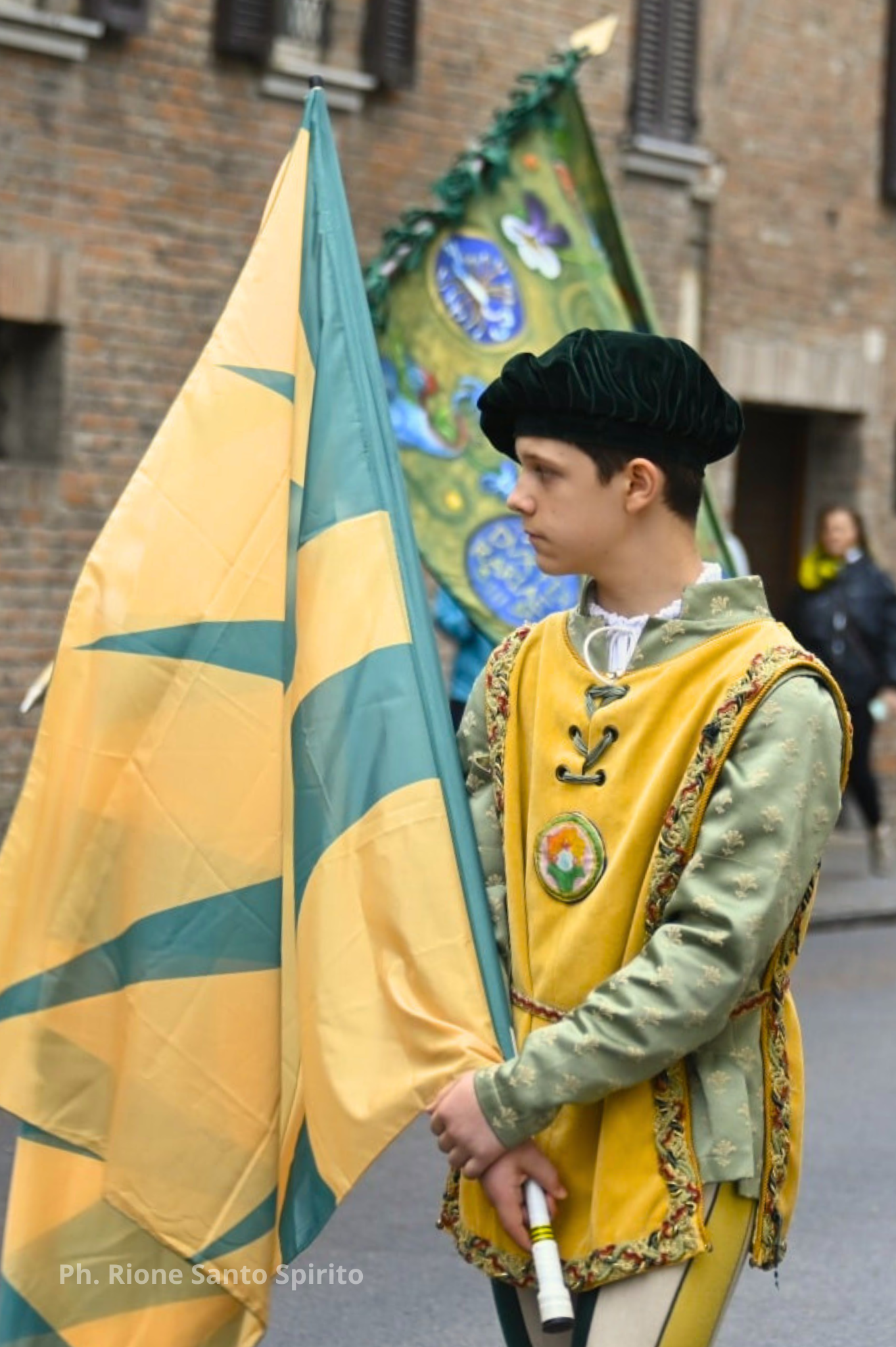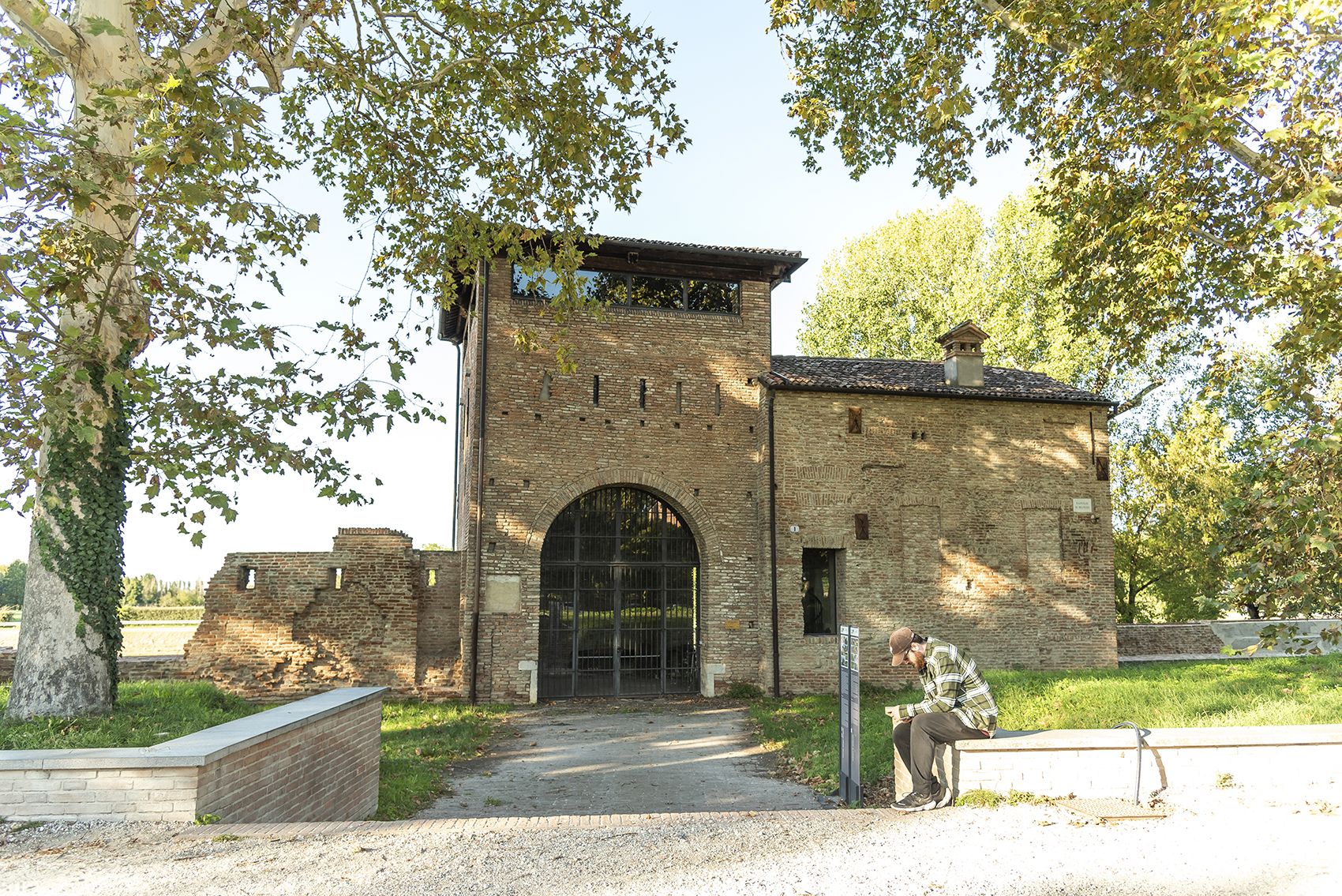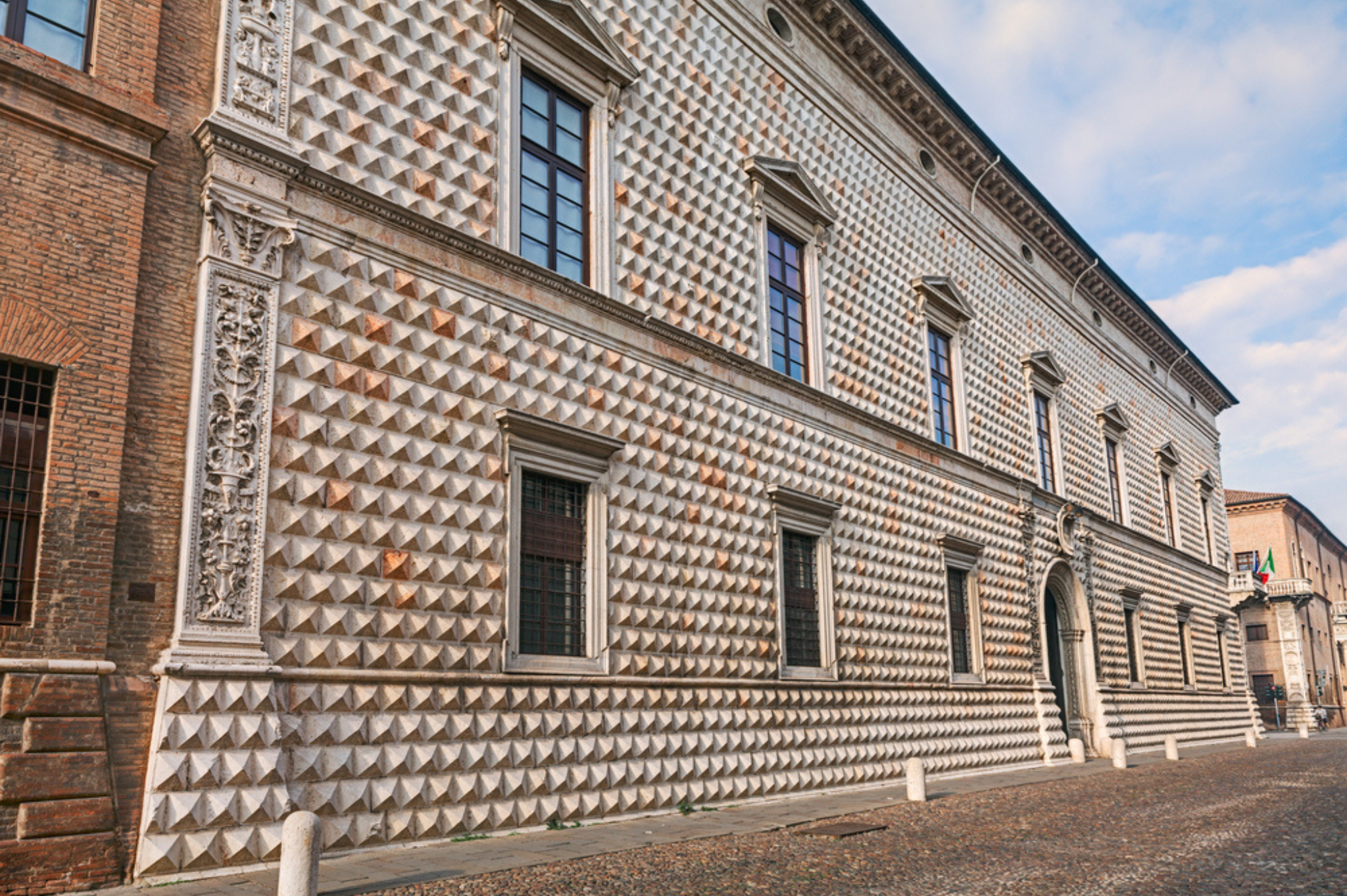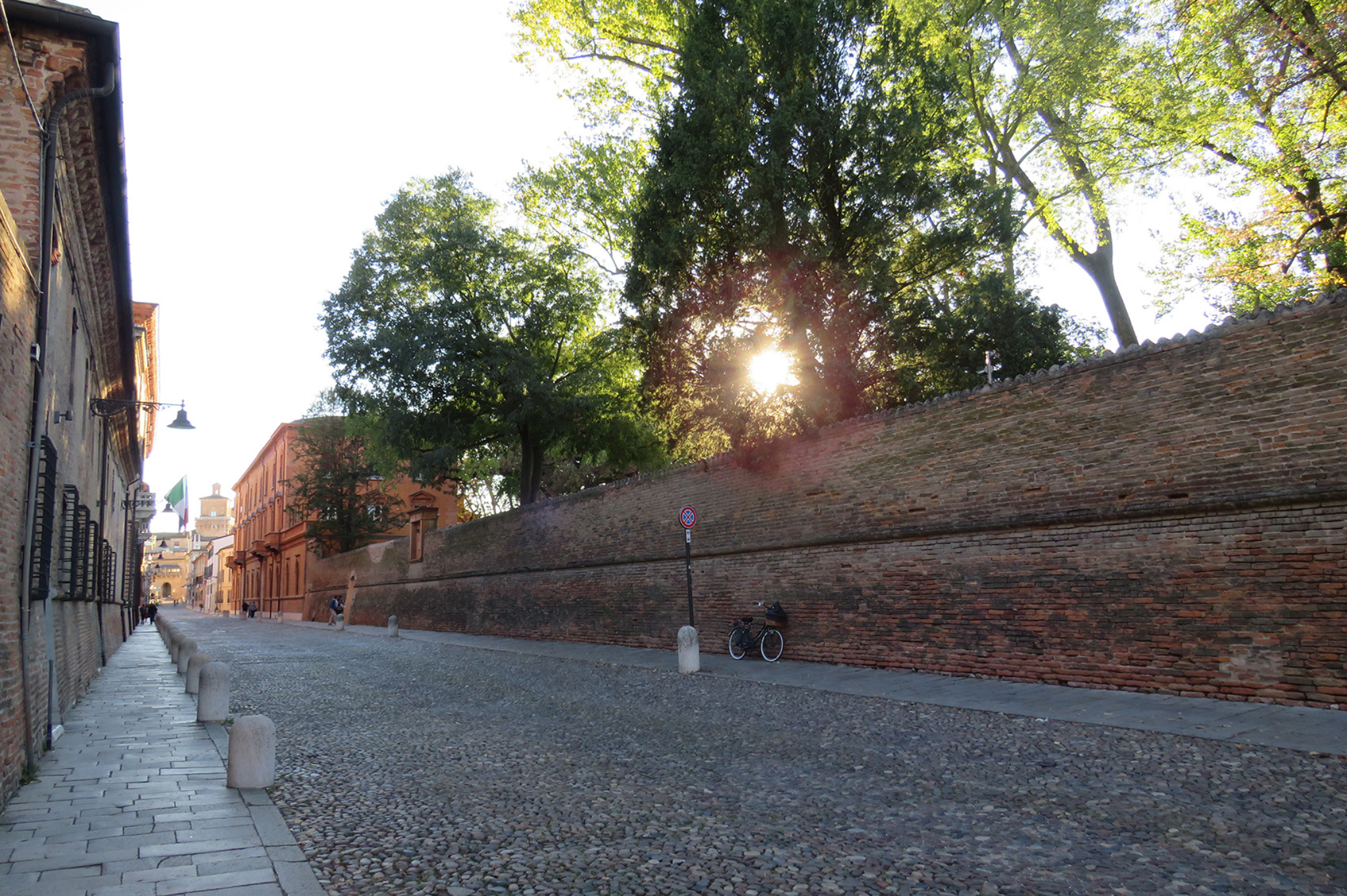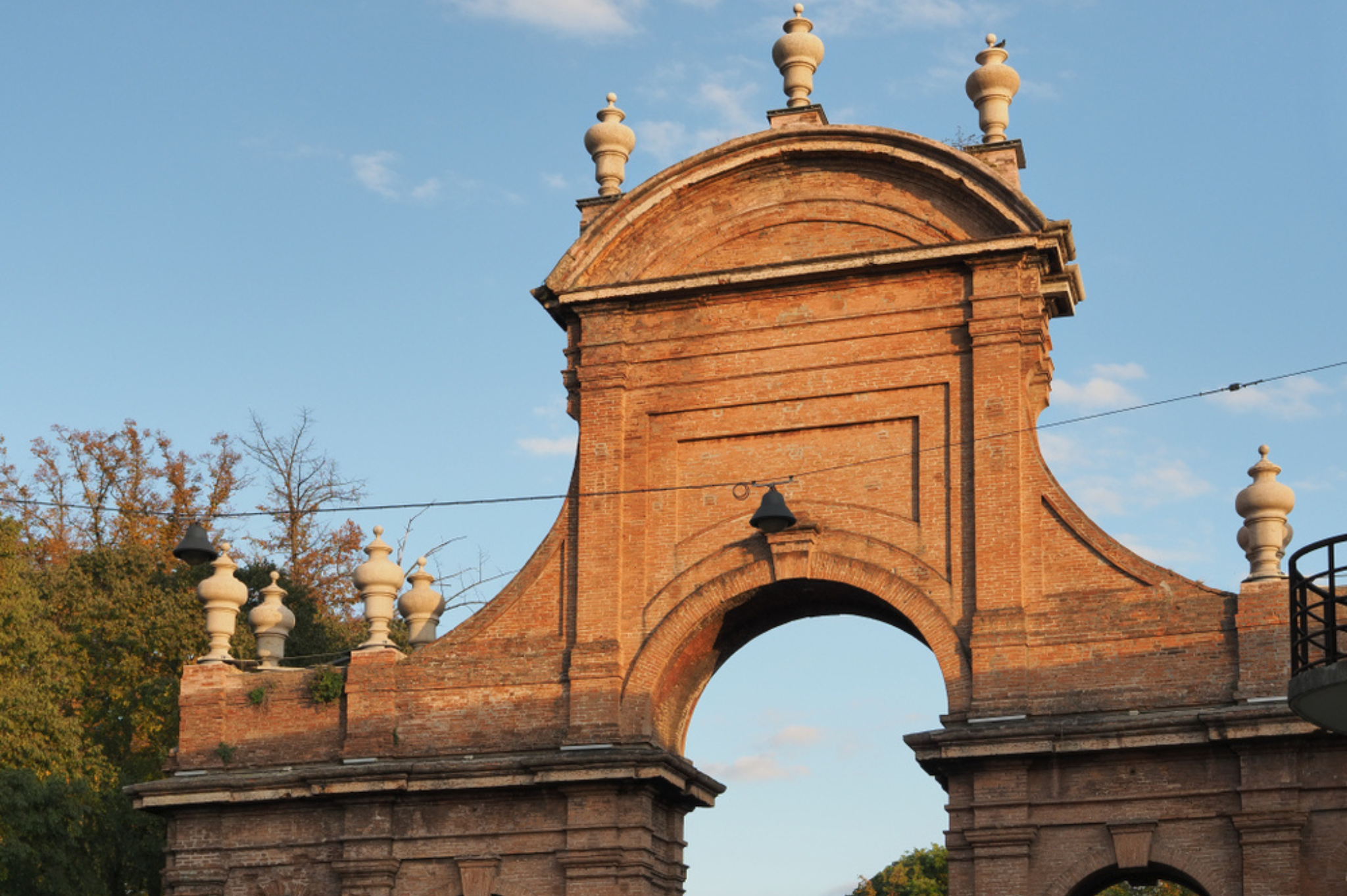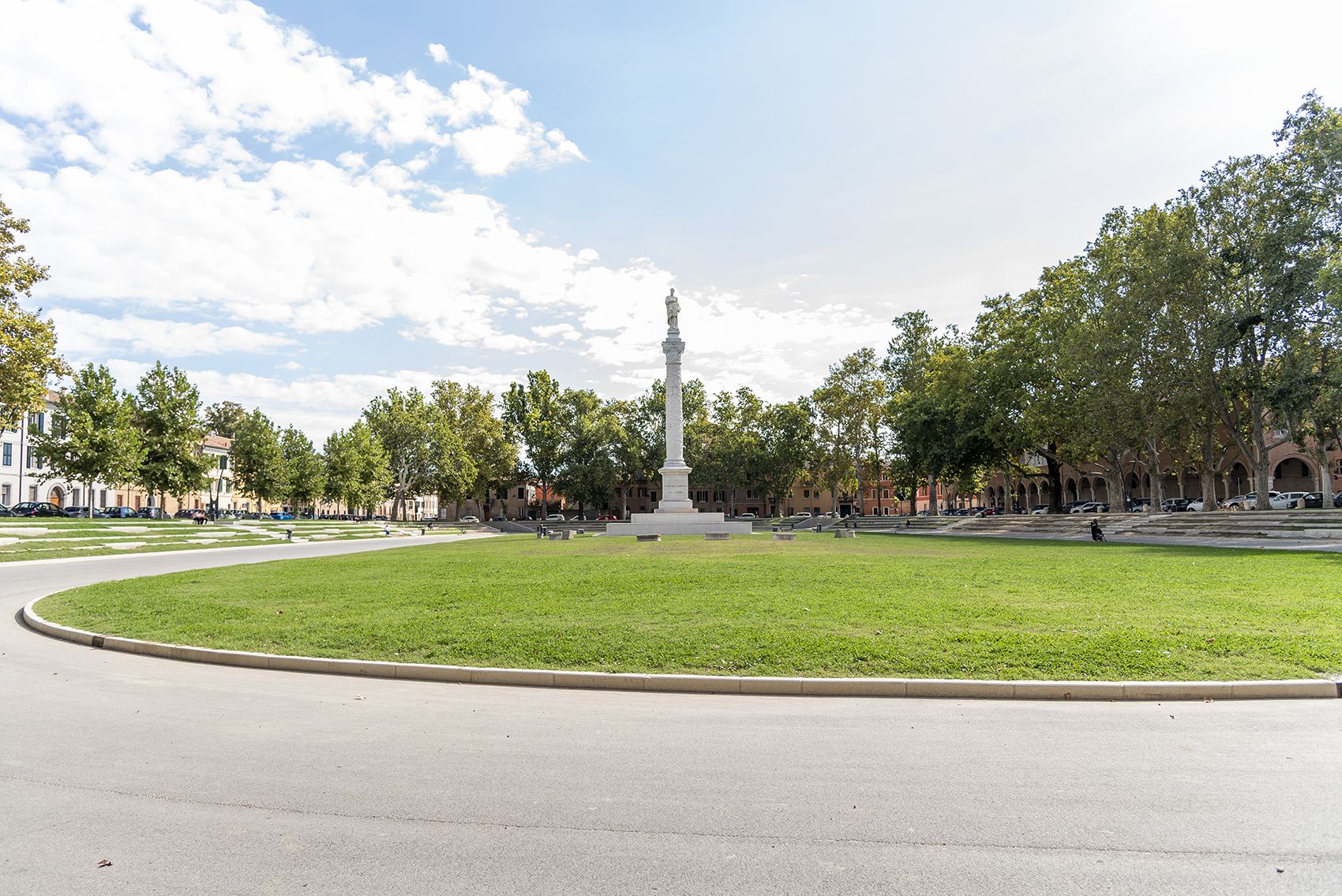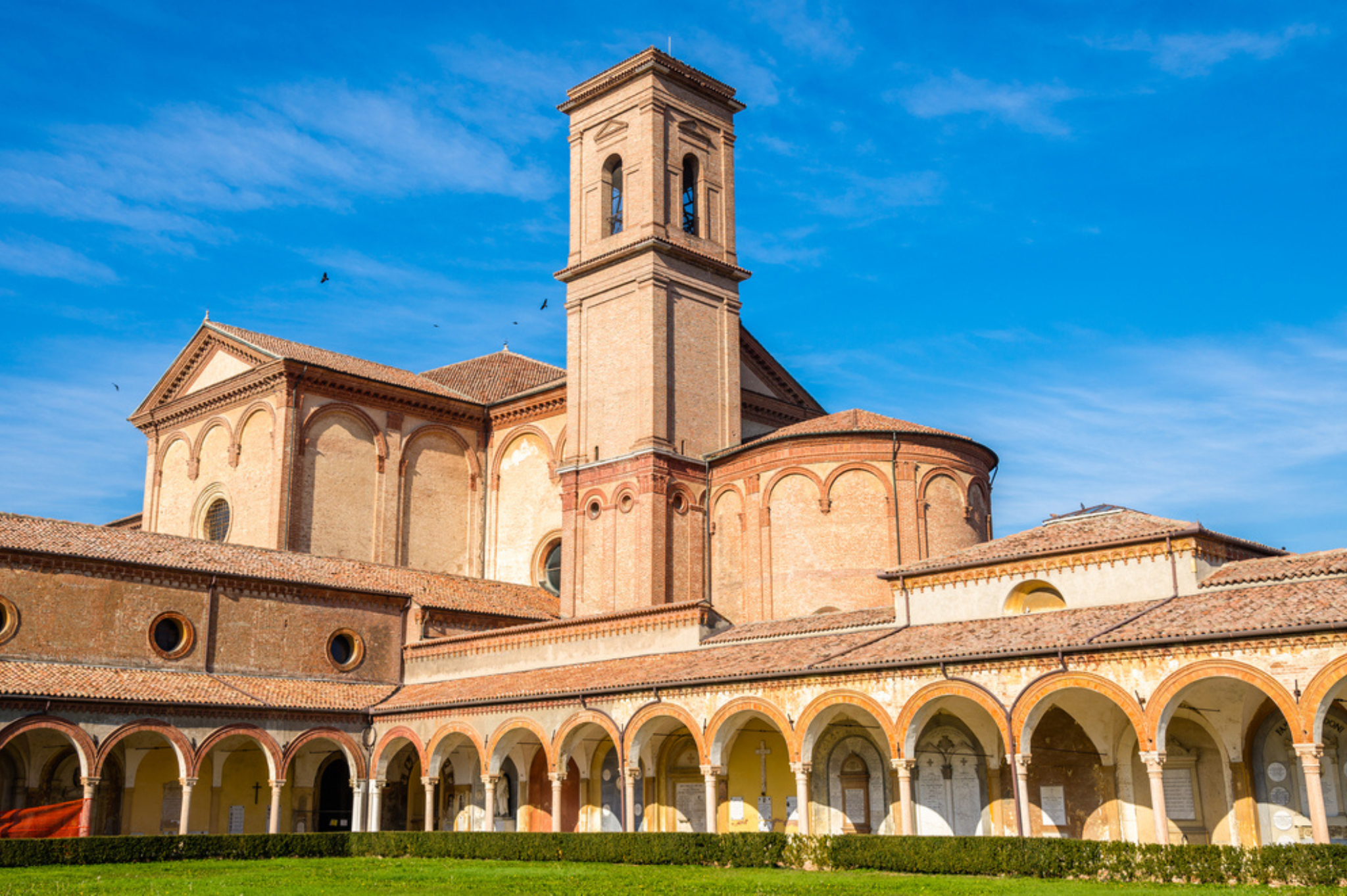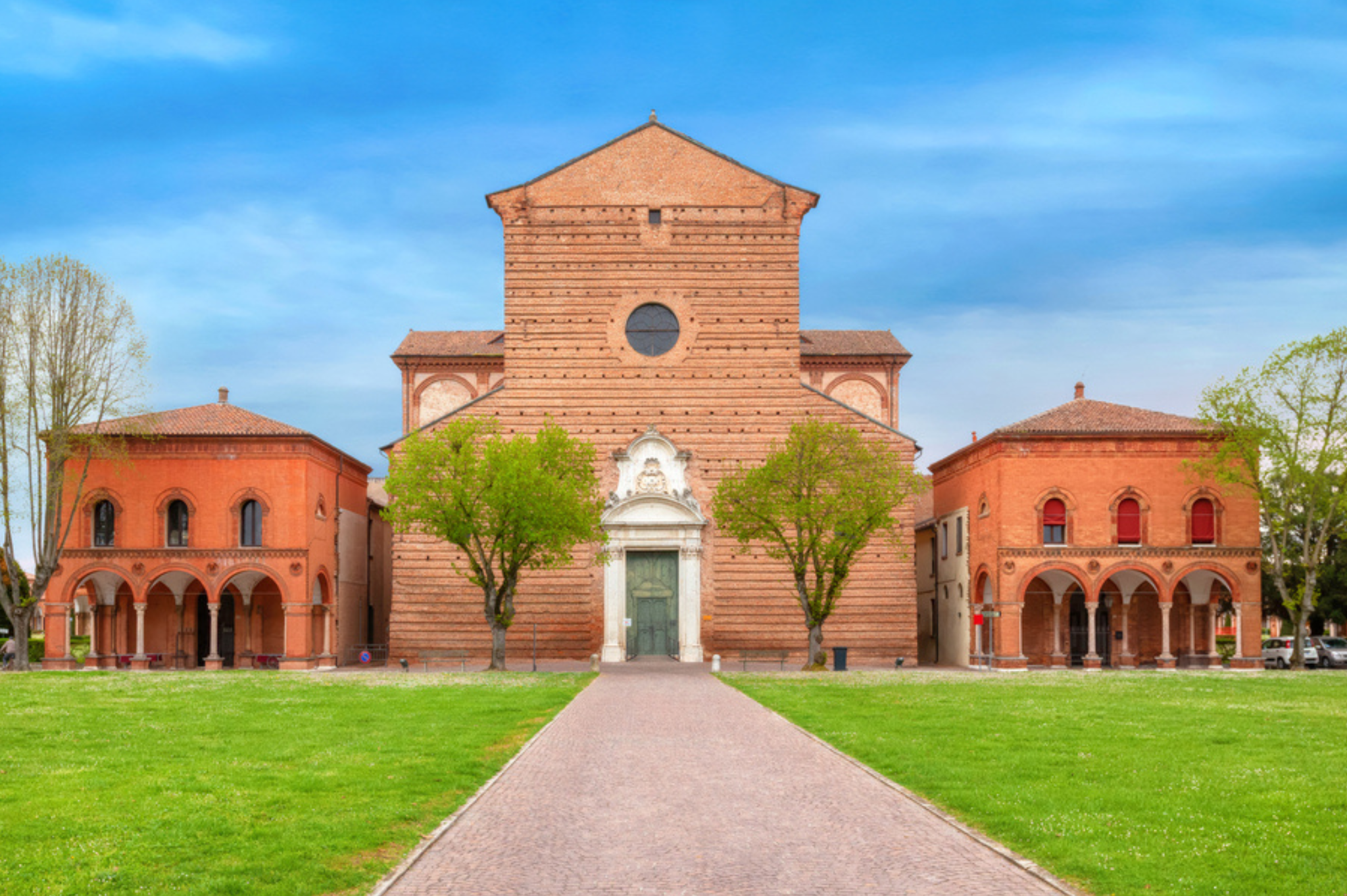Potrebbe interessarti anche

Palio di Ferrara | 5 places to visit in Rione Santo Spirito
The historical Palio is just around the corner and we have reached the last round of the Homage to the Duke. Here at last is the turn of the Rione Santo Spirito, the contrada of the Granata Svampante.
It will be held on Monday 1 May, an international holiday, at 11 a.m. in Piazza Castello.
Rione Santo Spirito is one of the eight contrade (districts) that each year participate in and endeavour to complete the historical re-enactment of the Palio of Ferrara. It stands in the heart of the city's Renaissance extension, the Addizione Erculea, designed by architect Biagio Rossetti at the behest of Duke Ercole I d'Este.
The contrada is represented by the 'Granata Svampante', the personal symbol of Alfonso I d'Este, standing for the latter's aptitude for battle and armoury in general.
However, the contrada motto is attributed to the famous poet Ludovico Ariosto Loco et tempore and reminds us that 'daring deeds' are the result of actions conceived and carried out 'in due time and place'.
To lead the Homage, a performance by Dames, Knights, Flag-wavers and Musicians, Dancers, Jugglers and Fire-eaters.


